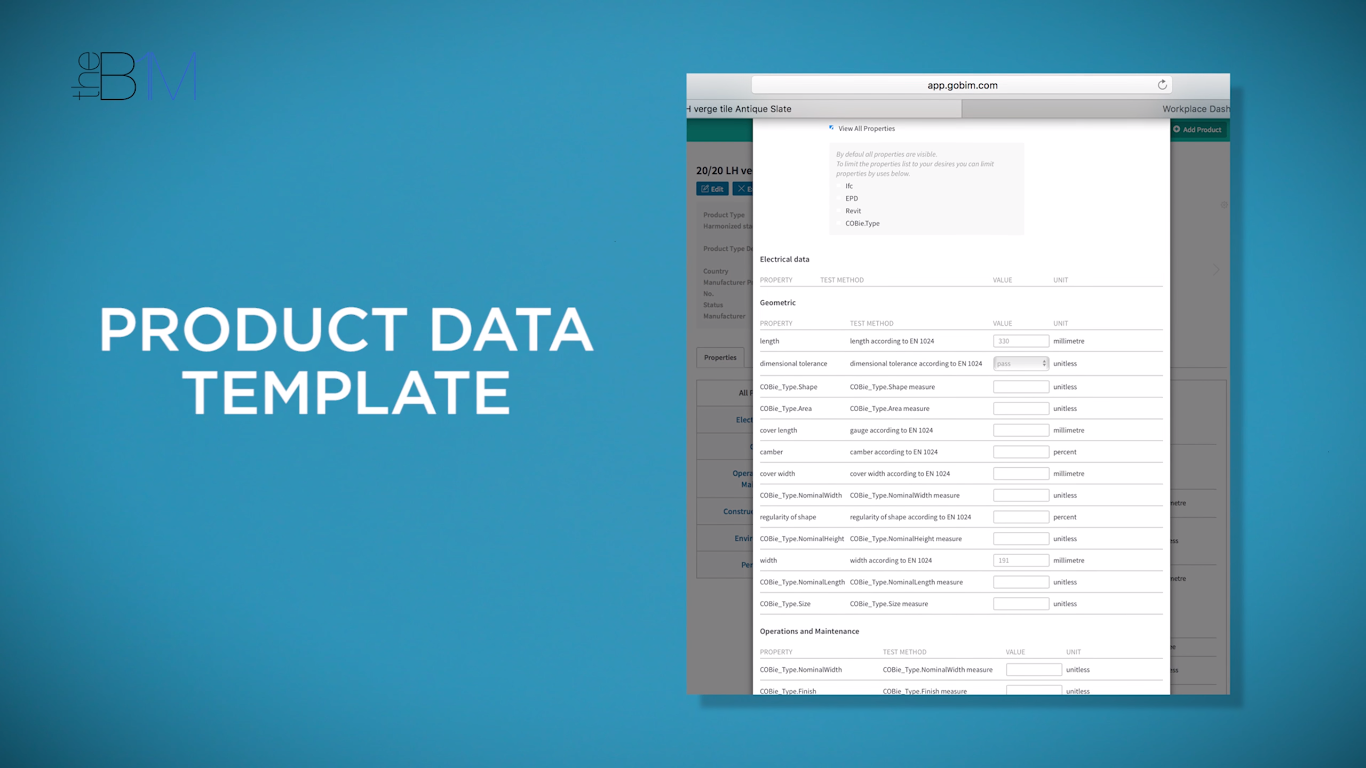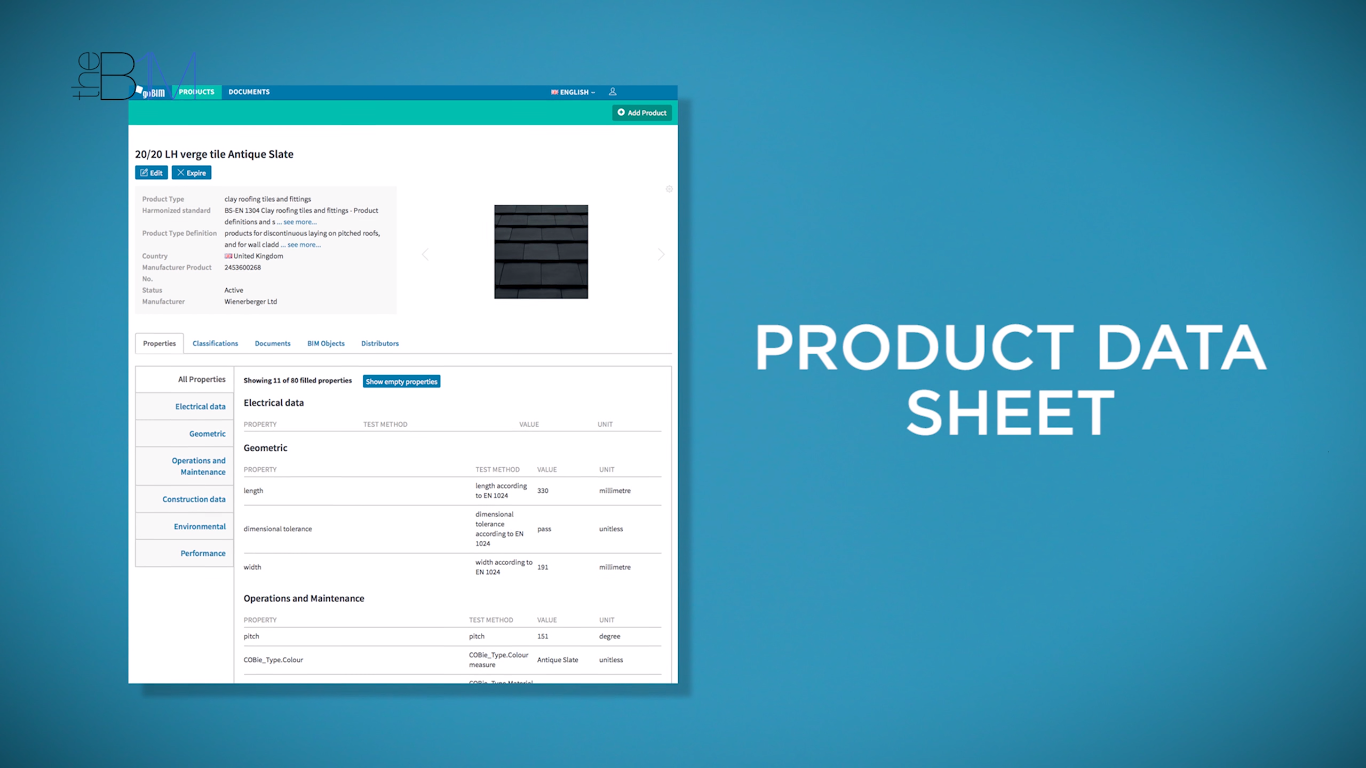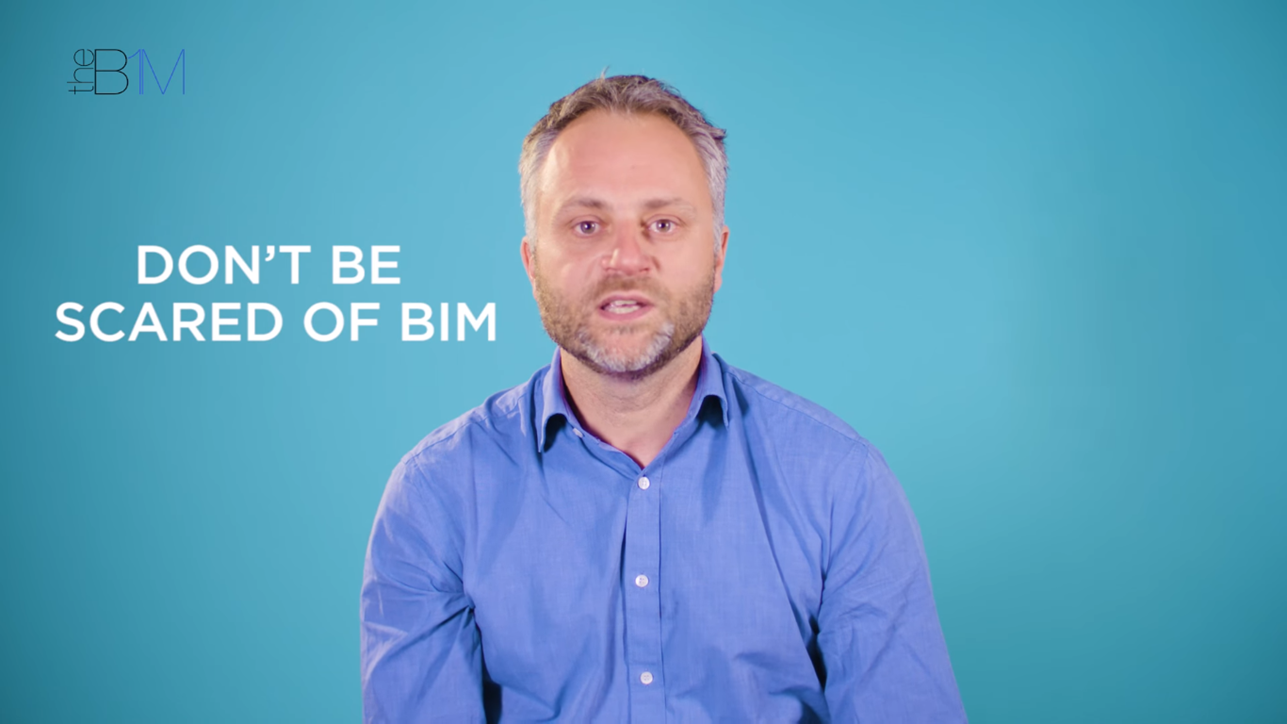How Can Manufacturers Get Into BIM?
- Youtube Views 6,434 VIDEO VIEWS
AS a product manufacturer, you’ve no doubt heard of building information modelling (BIM). You might be considering how it is going to change your business and what action you may need to take. In this video CoBuilder’s Nick Tune explains what BIM actually is, why project teams need the data about your products and how sharing it can directly benefit your bottom line.
RELATED: BIM FOR MANUFACTURERS
WHAT IS BIM?
Nick opens with a simple explanation of what BIM itself actually is. The acronym stands for “building information modelling”; the process of developing ‘information models’ about a built asset by linking graphical and non-graphical data in a shared digital space that everybody can access (a ‘common data environment’ or CDE).
“Ultimately BIM helps with designing, constructing and managing assets in an improved way, providing real-time savings and cost benefits” explains Nick.
WHAT DOES IT MEAN TO MANUFACTURERS?
When it comes down to it, buildings and infrastructure are made-up of construction products. The project teams developing the information models mentioned above require accurate data about these products to include with their data sets.
“Buildings and infrastructure are made-up of construction products… and project teams need accurate data about those products”
Nick explains: “As a product manufacturer you need to provide the data, about your products to the whole supply chain so that the designers and contractors can select the properties they need. By doing so, you have a far higher chance of actually being procured”.
WHAT DO I NEED TO DO?
Good news: all the data and information that people require, you already have.
The trouble is it may currently sit within PDFs, spreadsheets or printed product catalogues. You need to set this data free and make it interoperable so that people can use it in different languages and data formats to suit their needs.
“Good news: you already have the data that people require”
Nick acknowledges that you may want to consider creating 3D representations of your products – often termed ‘BIM objects’ – for use in marketing or for designers, but is quick to reiterate the importance of your data and making it freely available. He goes on to introduce ‘Product Data Templates’ or PDTs. Essentially these are standardised lists of a product’s properties and values. Once you have completed a PDT with the data about your particular product, it becomes known as a ‘Product Data Sheet’ or PDS.

An example Product Data Template (PDT) from CoBuilder (above), and a completed Product Data Sheet (PDS) (below).

HOW DO I SHARE MY DATA?
Platforms such as CoBuilder’s goBIM offer an easy way to create PDSs about your products, making them readily available to your clients so that they can select the properties and data they need.
Such an approach makes your products highly attractive to those wanting to specify them. It also allows you to see who is using your data and to understand the specific elements of the data that are important to them.
“Set your data free”
Where you wish to create 3D representations of your products, a number of online product libraries exist hosting objects that specifiers can download.
Nick ends with a simple but very powerful point: “Don’t be scared of BIM. You just need to make your data available. You already have all of this information!”

Learn more about CoBuilder and their goBIM solution here.
Nick Tune is CEO of CoBuilder UK, a Board Member of BuildingSMART UK and a Management Executive for BuildingSMART International. Follow him on Twitter: @Nick_Tune
This video contains product placement by CoBuilder UK.
We welcome you sharing our content to inspire others, but please be nice and play by our rules.




